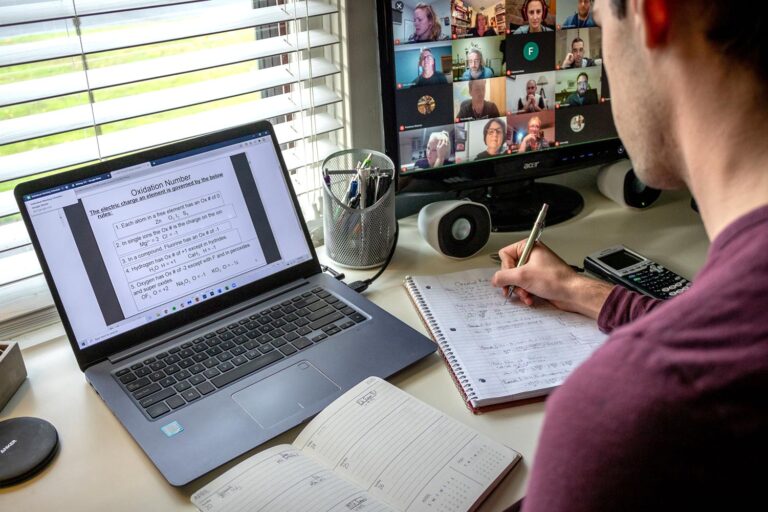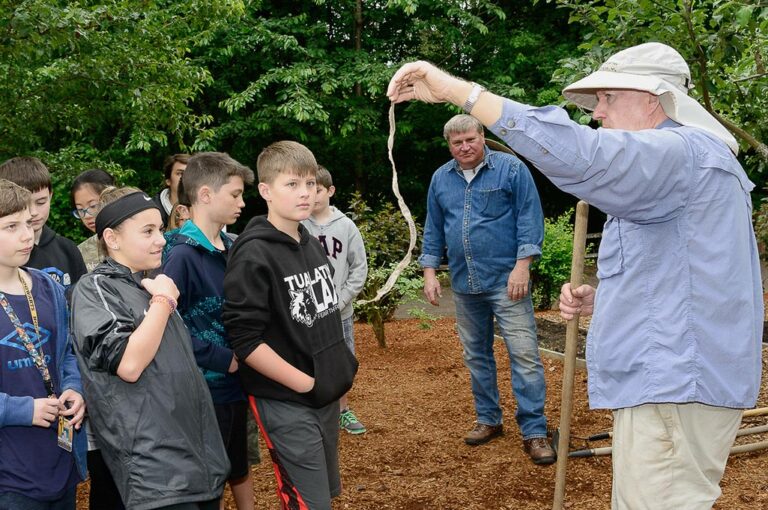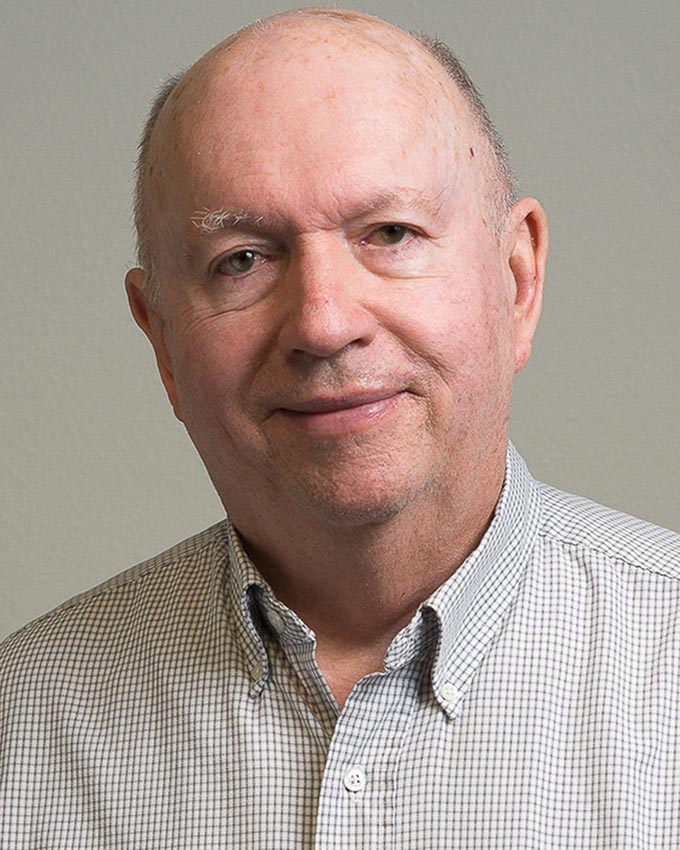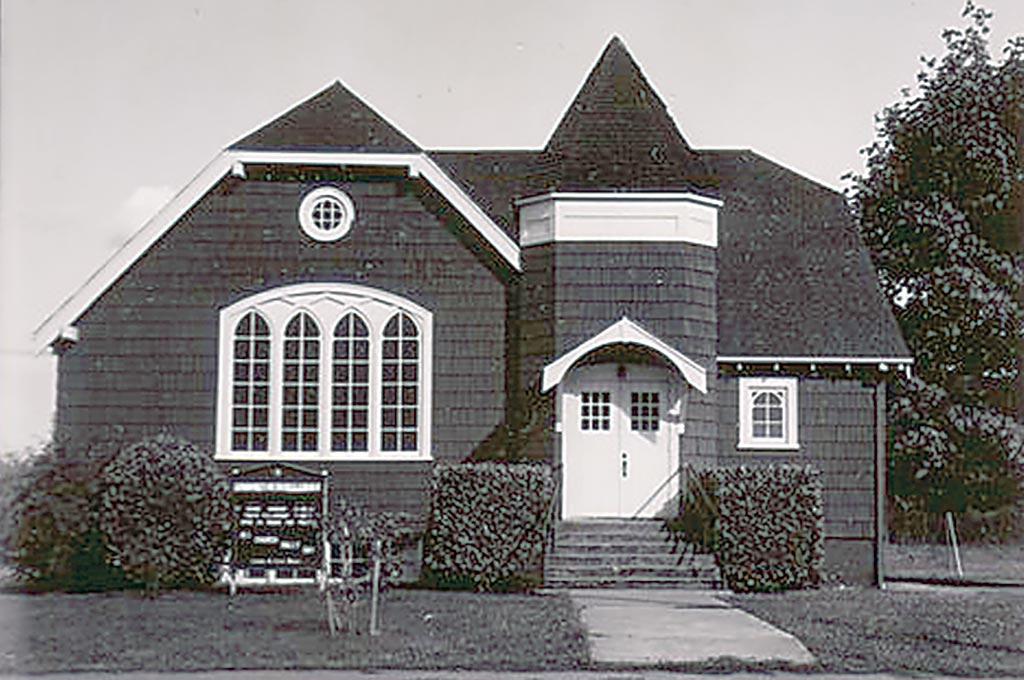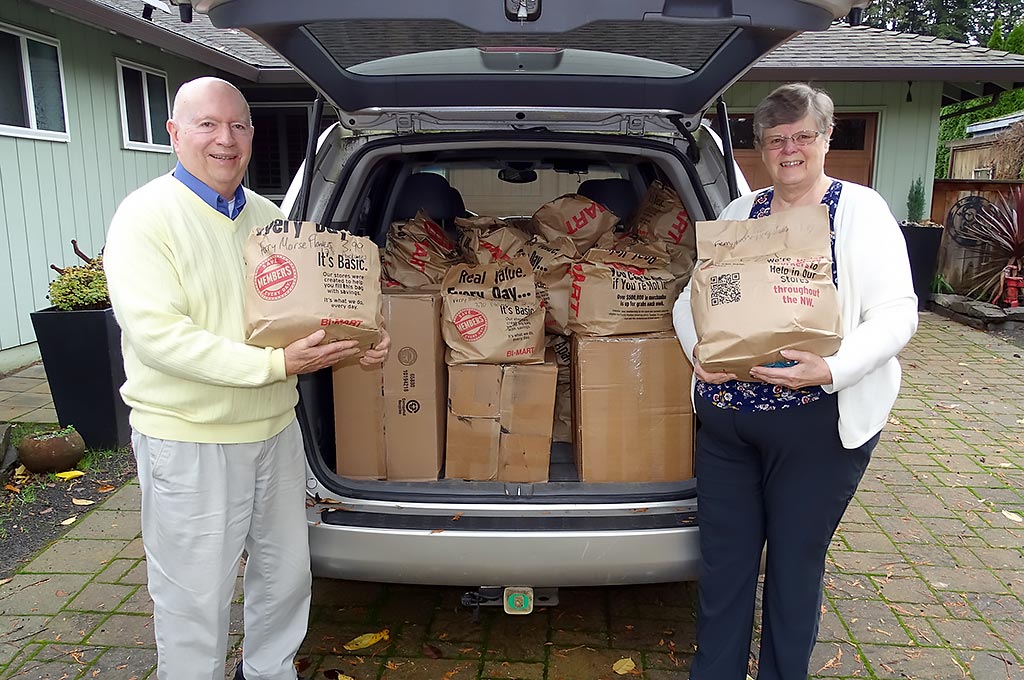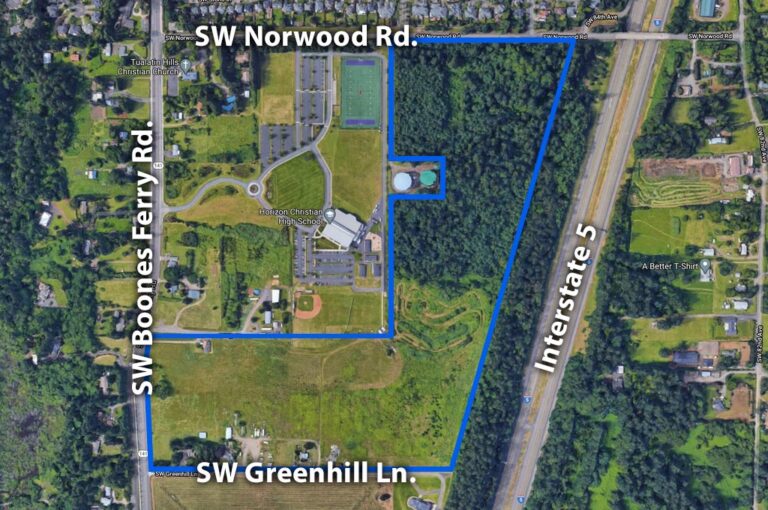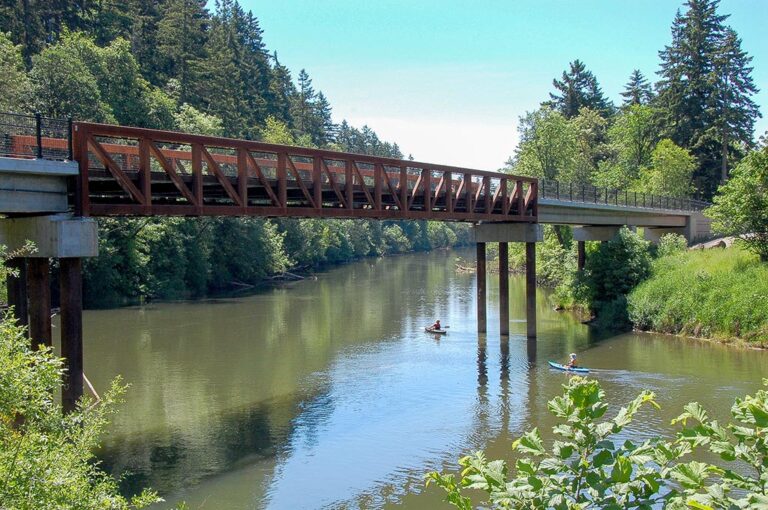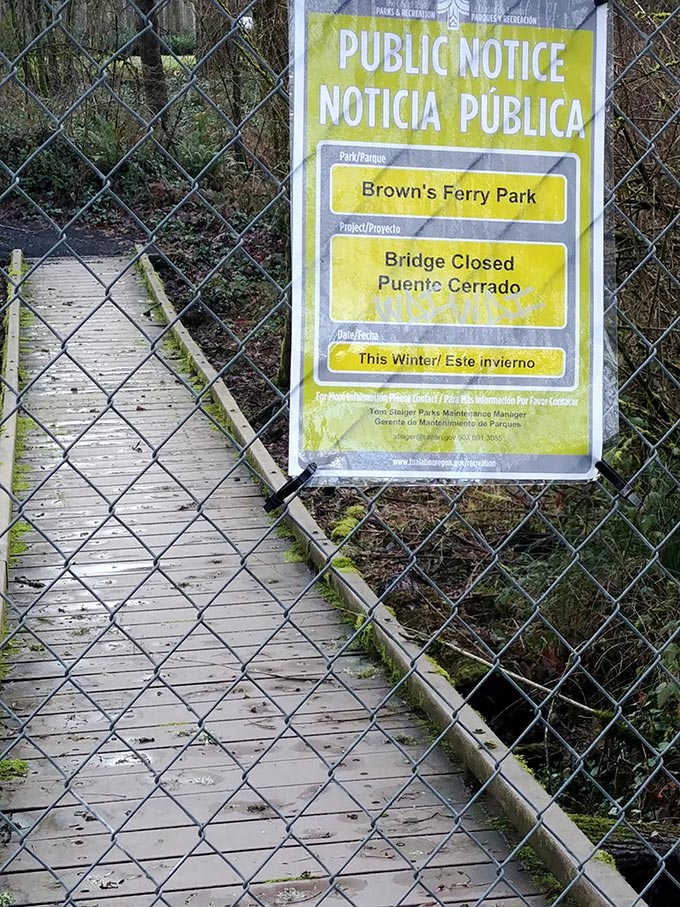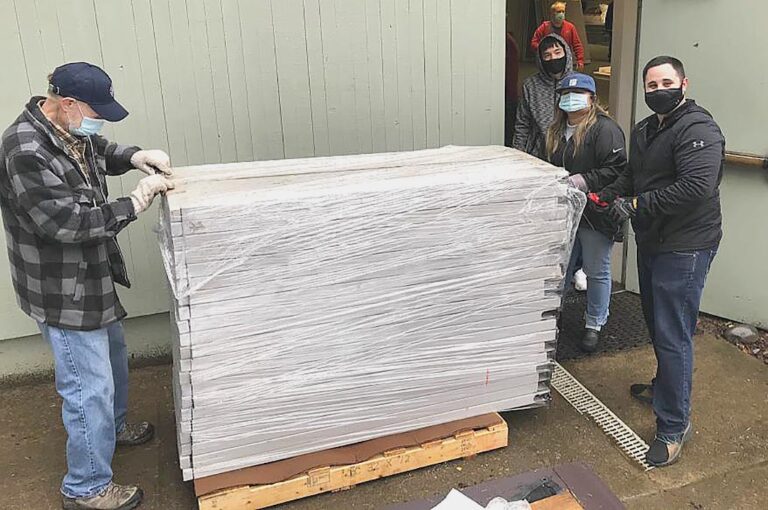Welcome to 2021! We made it to a new year, traveling through months of unknowns and uncertainty, health risks, economic risks, isolation, becoming tech-savvy and even making sure we combed our hair before going to a Zoom meeting – all while navigating the ‘new normal.’ There is an upside to all the downsides of 2020 and the following, in quotes, is part of an article from the Villages NW January newsletter (VillagesNW.org) which offers a different perspective on this past year:
“We’ve all said it: as much as we’d like to forget, the year 2020 will be remembered for a multitude of reasons. There were (still are) masks to ward-off flying germs. And masks to ameliorate the effect of horrible smoke from devastating forest fires… And masks that became symbols of our solidarity against the reality of the pandemic.
We’ve tried to stay connected by phone, Google Chats, Zoom, FaceTime and webinars. Notes and cards arrive via regular postal service. We’ve had chats with neighbors at safe social distance, meeting friends for coffee at outside cafés, and carefully spaced our chairs in the garden to allow us to meet until the weather drove us all indoors.
Throughout the troubled and troubling times, one thing has stood out: the importance of KINDNESS.
The little kindnesses of everyday encounters have buoyed our outlook. The smiles mostly hidden behind masks can be seen in the sparkle of the eye. Patience and humor have been found in long lines. There have been encouraging words and offers to run errands for those who may be at higher risk of danger.
When, at times, it felt as if the whole world was going nuts, a softer, gentler tone, a smile in the voice, kind words and deeds have saved the day.
Kindness is an attitude that will be repaid many times over. And there is no better place to find kindness and thoughtfulness than in our Villages. The effort to continue the good works of Villages bears out the notion that a good attitude, genuine concern for others, generosity of spirit, and creativity will carry us over the high tide of despair. The tide is changing. As the old tide flows out, the promise of better days flows in. Our Villages are there to support and nourish interests and ideas and offer assistance to those in need. And we hold a collective hope that being there for one another will keep us afloat.
Go ahead; wear your heart on your sleeve! Demonstrate your care and concern for others. Seek connections. And use your Village as a vehicle for the kindness and good will that leads to good deeds. Your year will be off to a better start as we say goodbye to the old and embrace the New Year with hope and plans for sharing our vision of being neighbors that help neighbors stay neighbors. Remember to smile and be kind!”
As has been said many times in this column, Tualatin is a community of neighbors helping neighbors with a hand up, a hand out if needed, and kindness. Let’s all make sure we continue this spirit in 2021. Happy New Year.





